The Olympic Games captivate the world, uniting nations in a spectacle of sportsmanship and competition. But beyond the live events, a treasure trove of films captures the spirit, challenges, and triumphs of these global contests. With the 2024 Olympic games kicking off in Paris, you may be looking for the perfect films to get you in the Olympic spirit to bear witness to the highest degree of athletic competition.
Exploring these classic films, one finds not just stories of victory and defeat but also of personal hardship and relentless perseverance. These narratives bring the Olympic values to life, making the distant glory of the games feel intensely personal and immediate. Whether you’re a sports enthusiast or a cinema lover, these films promise to stir your emotions and elevate your appreciation for the Olympic legacy. Join us as we dive into our picks for the top Olympic films that best capture the essence of the games.
Cool Runnings (1993)
Overview and Plot
“Cool Runnings” is an inspiring film that captures the unexpected yet thrilling journey of the Jamaican bobsleigh team as they make their debut in the 1988 Winter Olympics. Charming and comedic, this movie goes beyond the icy tracks and digs into the hearts of viewers with its themes of determination, friendship, and breaking stereotypes. The team, driven by sheer will and coached by a disgraced former champion seeking redemption, embodies the Olympic spirit in a way that connects with diverse international audiences.
Performance and Direction
Directed by Jon Turteltaub, “Cool Runnings” benefits greatly from heartfelt performances and competent direction. The ensemble cast, led by Leon Robinson and the late John Candy, delivers performances that are both authentic and endearing. As Derice Bannock, Leon brings a likable leader’s optimism and determination, while John Candy’s portrayal of the gruff yet kind-hearted coach, Irv Blitzer, adds depth and humor to the film. Their performances make the characters’ personal hurdles and the team’s improbabilities in the sport feel genuinely credible and engaging.
Cultural Impact and Reception
Upon its release, “Cool Runnings” quickly won over audiences around the world with its uplifting storyline and humorous approach, garnering a cult following. This film did not just represent a sports achievement; it also brought to the forefront the themes of diversity and inclusion. It plays a significant role in how cinema can bridge cultural divides and enhance the global appreciation of an underdog story, resonating with the Olympic theme of unity.
Comparison to Other Olympic Films
Unlike many other Olympic films that often focus on more conventional themes of straightforward athletic prowess and intense competition, “Cool Runnings” shines by turning an unlikely scenario into a tale of triumph that’s hard not to root for. While movies like “Chariots of Fire” and “Miracle” explore more traditional narratives of Olympic glory, “Cool Runnings” stands out for its heart and humor. It challenges the norms of what constitutes an Olympic narrative, allowing for a fresh perspective amidst more serious depictions.
Educational Value and Legacy
“Cool Runnings” serves as a tool for education on multiple fronts: it provides insights into the sport of bobsledding, offers lessons on resilience and perseverance, and encourages viewers to question and redefine their understandings of athleticism and competition. Its legacy endures as an example of how barriers can be broken in both sport and society. Schools and educational programs often utilize it to teach these values, further proving its lasting impact and relevance.
“Cool Runnings” encapsulates the spirit of the Olympics with its depiction of underdogs achieving unimaginable success through unity and persistence. It not only entertains but also enriches, making it a staple film for those interested in Olympic themes and the broader messages they convey.
Miracle (2004)
Following the uplifting narrative of “Cool Runnings,” the miraculous tale of the 1980 US men’s Olympic ice hockey team comes to life in “Miracle.” Directed by Gavin O’Connor, this film stars Kurt Russell in the role of Herb Brooks, the iconic coach who led an underdog team to an unlikely gold medal at the Lake Placid Olympics. Unlike the humorous yet intense journey of the Jamaican bobsleigh team, “Miracle” delves deeply into the grit and strategy behind one of the biggest upsets in sports history.
Stories Behind the Scenes
“Miracle” does more than just recount the events leading to the historic win against the Soviet Union team; it explores the rigorous training and emotional turmoil faced by the young, college-aged American players. The film methodically demonstrates how Brooks transformed a group of individual players from various backgrounds into a cohesive and formidable team. The portrayal of their challenges is not only a study of their physical demands but also an emotional exploration of their personal sacrifices and growing camaraderie.
Cinematic Techniques and Performances
What sets “Miracle” apart is the director’s approach to storytelling. Through a combination of close-ups, slow-motion sequences, and a pulsating score, the film amplifies the tension and excitement of the ice hockey matches. Kurt Russell’s portrayal of Herb Brooks is compelling; he adopts a nuanced Minnesotan accent and brings a steely focus that embodies the late coach’s spirit. The dialogues, laden with tactical talks and inspirational speeches, contribute significantly to building the narrative’s intensity.
Impact and Cultural Significance
The impact of “Miracle” is profound, extending beyond entertainment to act as a motivational tool. It illustrates the power of belief and perseverance and has been utilized in sports psychology and coaching methods to exemplify ideals of teamwork and leadership. Culturally, the film taps into a pivotal moment in Cold War history, presenting not only a sports victory but also a symbolic triumph in a larger geopolitical contest.
Technical Details and Realism
Dedication to authenticity sets “Miracle” apart from other Olympic films. Realistic hockey gameplay, period-accurate costumes, and props immerse viewers in the early 1980s. The filmmakers collaborated with individuals involved in the actual Olympic event to ensure accuracy in the portrayal of events and characters. This meticulous attention to detail pays off, making “Miracle” a credible and thrilling recounting of historical events.
In comparing “Miracle” to other Olympic-themed films like “Cool Runnings,” it offers a more intense and strategy-focused look at the sport, highlighting the physical and psychological complexities of competitive ice hockey. While both films showcase the Olympic spirit of determination and overcoming odds, “Miracle” presents a grittier, more analytical perspective on what it takes to achieve unexpected greatness.
Eddie the Eagle (2016)
Overview
“Eddie the Eagle” is a heartwarming biographical sports film that tells the story of Eddie Edwards, the famously tenacious British underdog ski jumper who charmed the world at the 1988 Winter Olympics. Unlike the intense focus of “Miracle”, this film adopts a more lighthearted approach, which resonates well with its theme of unwavering perseverance and personal success, despite not clinching a medal.
Cast and Direction
Directed by Dexter Fletcher, the film stars Taron Egerton as Eddie, whose portrayal infuses the character with both humor and vulnerability, creating a relatable and endearing protagonist. Hugh Jackman supports as a fictional coach, bringing in a blend of gruffness and warmth that perfectly complements Egerton’s Eddie. The chemistry between the two leads, against the frosty backdrops of the ski jumps, adds layers of emotional depth to the narrative, arguably enhancing the underdog theme.
Cinematic Elements
Cinematically, “Eddie the Eagle” shines through its use of bright, dynamic cinematography that captures both the exhilarating highs and the perilous lows of ski jumping. The upbeat 1980s soundtrack not only grounds the film in its era but also uplifts the spirit, mirroring Eddie’s infectious optimism.
Cultural Impact
The cultural impact of “Eddie the Eagle” is particularly significant as it presents a less conventional athletic journey. It highlights the importance not just of victory, but of the courage to continue and the right to participate, echoing the true spirit of the Olympics. The film encourages the viewer to root for Eddie, not for winning but for his sheer determination to break expectations and personal boundaries, which is both inspiring and relatable.
Comparison with Predecessors
In comparison to “Miracle” and “Cool Runnings”, “Eddie the Eagle” offers a more individual-focused narrative. Where “Cool Runnings” and “Miracle” showcased team dynamics and collective efforts, Eddie’s journey is singular and deeply personal. This focus on personal achievement and persistence mirrors some of the day-to-day challenges faced by individuals aiming for their own ‘Olympic’ goals, making Eddie’s tale resonate on a more intimate level.
The film, while steeped in sports, serves as an important reminder that the Olympic spirit is as much about participation and personal bests as it is about podium finishes. Its emotional appeal and the comedic elements help to balance the more serious themes of grit and resilience, serving a well-rounded cinematic experience.
The Cutting Edge (1992)
Transitioning from the heartwarming story of “Eddie the Eagle,” “The Cutting Edge” dives into the world of Olympic figure skating with an engaging twist of romance and humor. Unlike the primarily biographical and inspirational tones of its predecessors, this film combines sports with romantic comedy, offering viewers a lighter but equally poignant look at Olympic aspirations.
Overview and Cinematic Style
“The Cutting Edge” follows the story of a spoiled but talented figure skater, Kate Moseley, and a former hockey player turned figure skater, Doug Dorsey. Their worlds collide in an unlikely partnership forced by their mutual need to succeed in the Winter Olympics. The film, directed by Paul Michael Glaser, effectively uses a vibrant yet soft palette to convey both the harshness of competition and the warmth of budding romance.
Performance and Chemistry
The dynamic between the protagonists, portrayed by Moira Kelly (Kate) and D.B. Sweeney (Doug), is central to the film’s charm. Their on-screen chemistry captures the essence of an opposites-attract relationship, filled with witty banter and gradual mutual respect. Kelly’s portrayal of the perfectionist Kate is both intense and endearing, while Sweeney brings a rough-around-the-edges authenticity to Doug. Their performances are crucial in making the audience root for them, both on and off the ice.
Cultural and Emotional Impact
Unlike “Miracle” and “Eddie the Eagle,” which underscore raw perseverance and team spirit, “The Cutting Edge” uses the protagonists’ Olympic journey as a backdrop for personal growth and romantic development. The film resonated well with viewers who appreciate a blend of love story with their sports narrative, making it a standout Olympic film that emphasizes interpersonal relationships and personal growth.
Comparison to Other Olympic Films
In comparison to the pioneering spirit shown in “Eddie the Eagle” or the underdog theme in “Cool Runnings,” “The Cutting Edge” explores a different facet of the Olympic dream. While it does showcase the rigorous training and discipline required to compete in the Olympics, it also highlights how personal connections and emotional support play a significant role in achieving greatness. This narrative shift from individual acclaim to mutual accomplishment sets it apart from other films in the category.
Overall, “The Cutting Edge” provides a refreshing take on Olympic-themed films by combining elements of romance, comedy, and sports, offering a multifaceted perspective on the pressures and triumphs of being an Olympian. This blend ensures that the film remains memorable and relevant, appealing to a broader audience beyond just sports enthusiasts.
Chariots of Fire (1981)
Transitioning from “The Cutting Edge” with its tale of figure skating romance and humor, “Chariots of Fire” elevates the genre of Olympic films to a spiritual and inspirational plane. Directed by Hugh Hudson, this 1981 classic delves deep into the lives of two athletes from vastly different backgrounds, who compete in the 1924 Paris Olympics.
Plot and Thematically Rich Storytelling
“Chariots of Fire” is not merely about running; it is an exploration of conviction, conflict, and overarching human spirit. The plot centers around two main characters, Harold Abrahams, a determined Jewish Englishman, and Eric Liddell, a devout Scottish Christian. Both are driven by personal beliefs and societal pressures, showcasing an intimate portrayal of their struggles and triumphs. Abrahams battles anti-Semitism and personal insecurities, using his talent on the track as a tool for social and self-acceptance. Conversely, Liddell runs for the glory of God, facing a poignant conflict when his faith is tested by an Olympic schedule that conflicts with his religious beliefs.
Cinematic Techniques and Score
The filmmaking techniques employed in “Chariots of Fire” complement its deep narrative. Hudson’s use of slow-motion sequences during the race scenes combined with close-ups on the athletes’ faces intensify the emotional gravity of their moments of victory and defeat. These sequences are famously set to the iconic score by Vangelis, whose electronic music compositions lend a timeless and elevating aura to the film. The opening scene with the athletes running along the beach to the haunting tunes of Vangelis is particularly memorable, symbolizing freedom and the pursuit of higher aspirations.
Cultural and Historical Impact
Upon its release, “Chariots of Fire” did not just win critical acclaim but also captured the public’s imagination. It won four Academy Awards, including Best Picture and Best Original Score, underscoring its excellence in both storytelling and technical execution. The film’s portrayal of historical and cultural tensions provides viewers with context to the social dynamics of early 20th century Britain, adding layers of educational value to its entertainment quotient.
Comparisons within Its Genre
When put side by side with other Olympic films, “Chariots of Fire” stands out for its philosophical and ethical inquiries rather than sheer competitive spirit. Unlike “Cool Runnings” or “Miracle,” which focus heavily on underdog stories and national pride, Hudson’s film invites the audience to reflect on broader existential themes through the lens of the Olympics.
“Chariots of Fire” brilliantly encapsulates the essence of why people compete in sports, pushing beyond physical limitations to explore deeper meanings. Its enduring appeal lies in its ability to resonate on multiple levels—be it emotional, spiritual, or intellectual—making it a cornerstone in the genre of sports cinema.
Final Thoughts on Olympic Sports Films
Exploring the diverse landscape of Olympic-themed cinema reveals a rich tapestry of stories that resonate with audiences around the world. Whether it’s the underdog spirit of “Eddie the Eagle” or the comedic and heartwarming journey of “Cool Runnings,” these films capture the essence of the Olympic spirit. “The Cutting Edge” adds a twist of romance to the mix while “Chariots of Fire” offers a deeper philosophical dive into the motivations and moral struggles of athletes. Each film not only entertains but also inspires with its portrayal of perseverance, courage, and the relentless pursuit of excellence. These cinematic pieces remind us that the Olympic Games are more than just a global sporting event—they’re a celebration of human potential and the unifying power of sports.
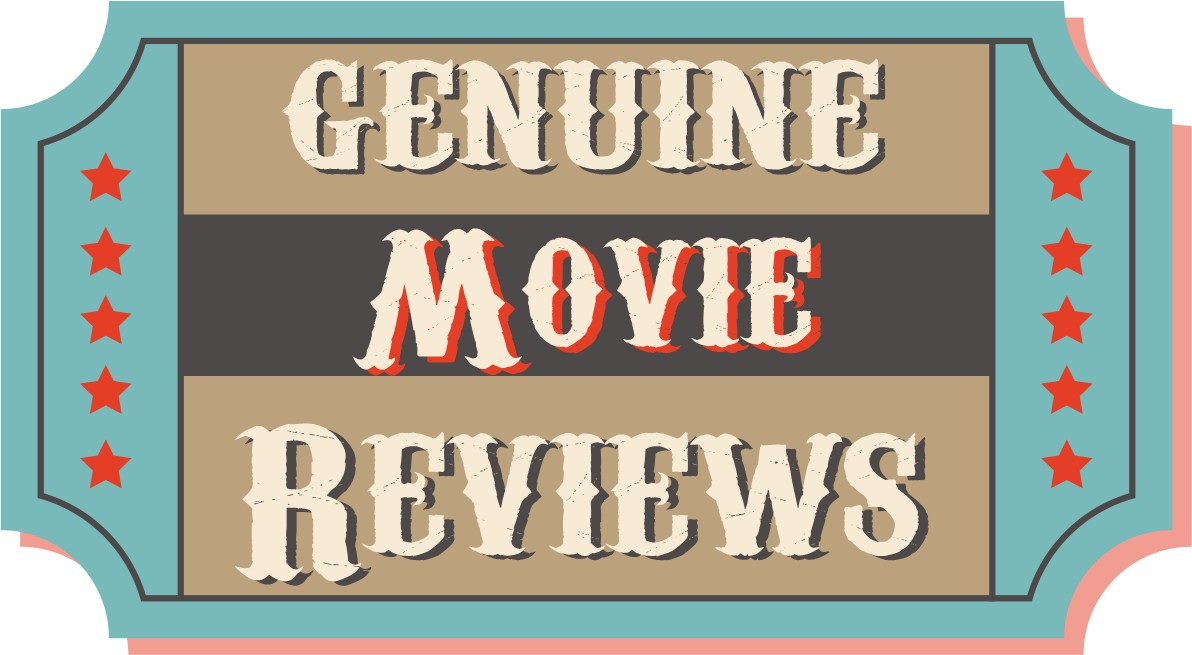

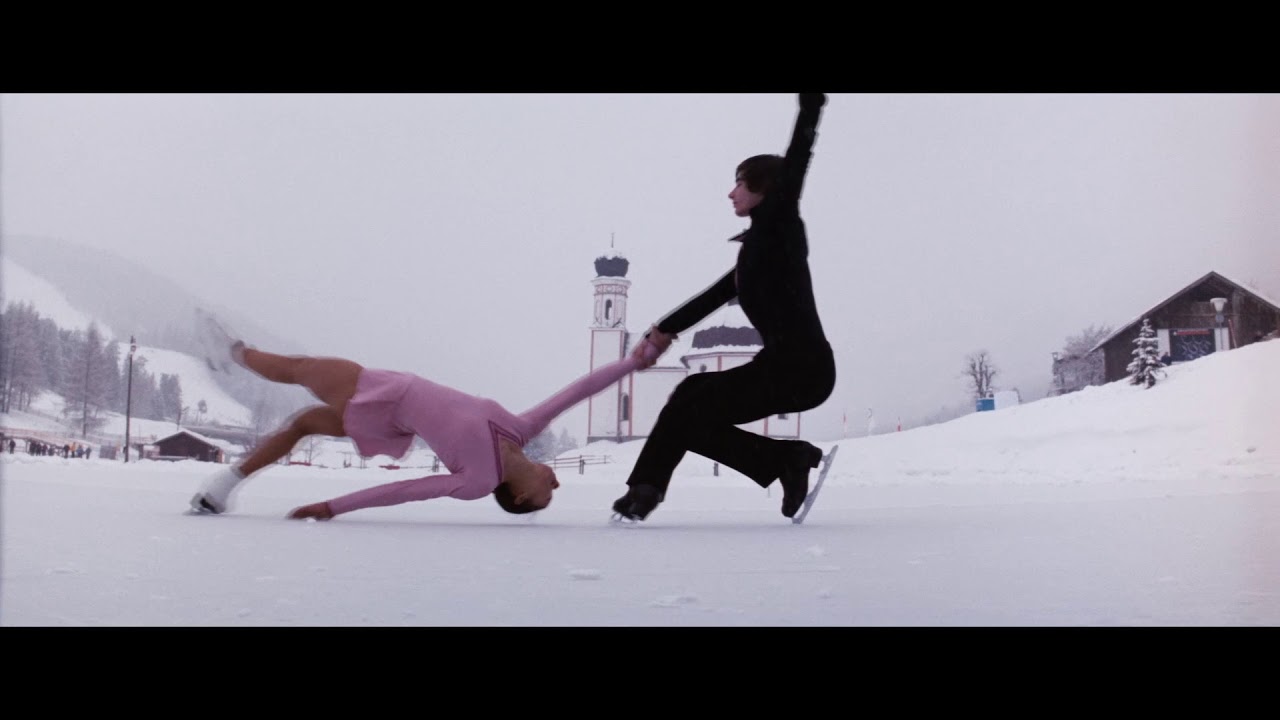
 RELATED POSTS
RELATED POSTS


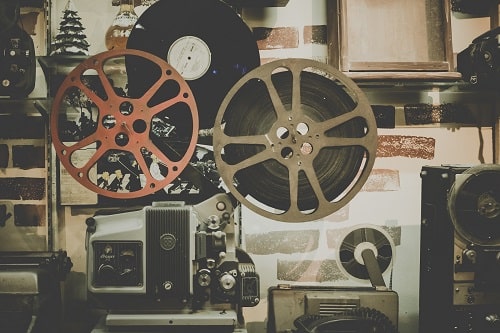
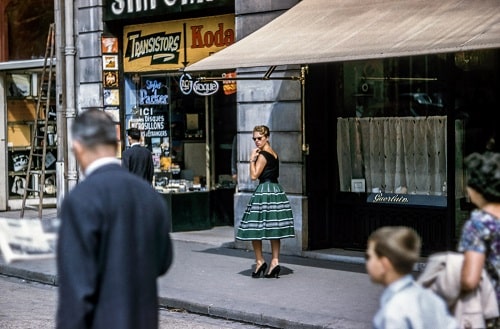
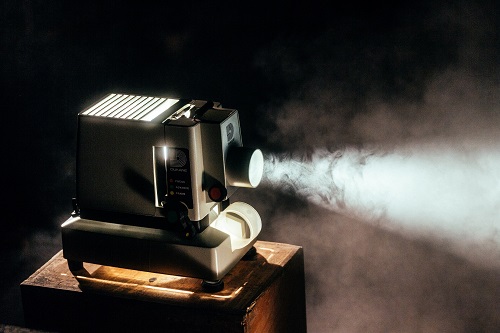
0 Comments